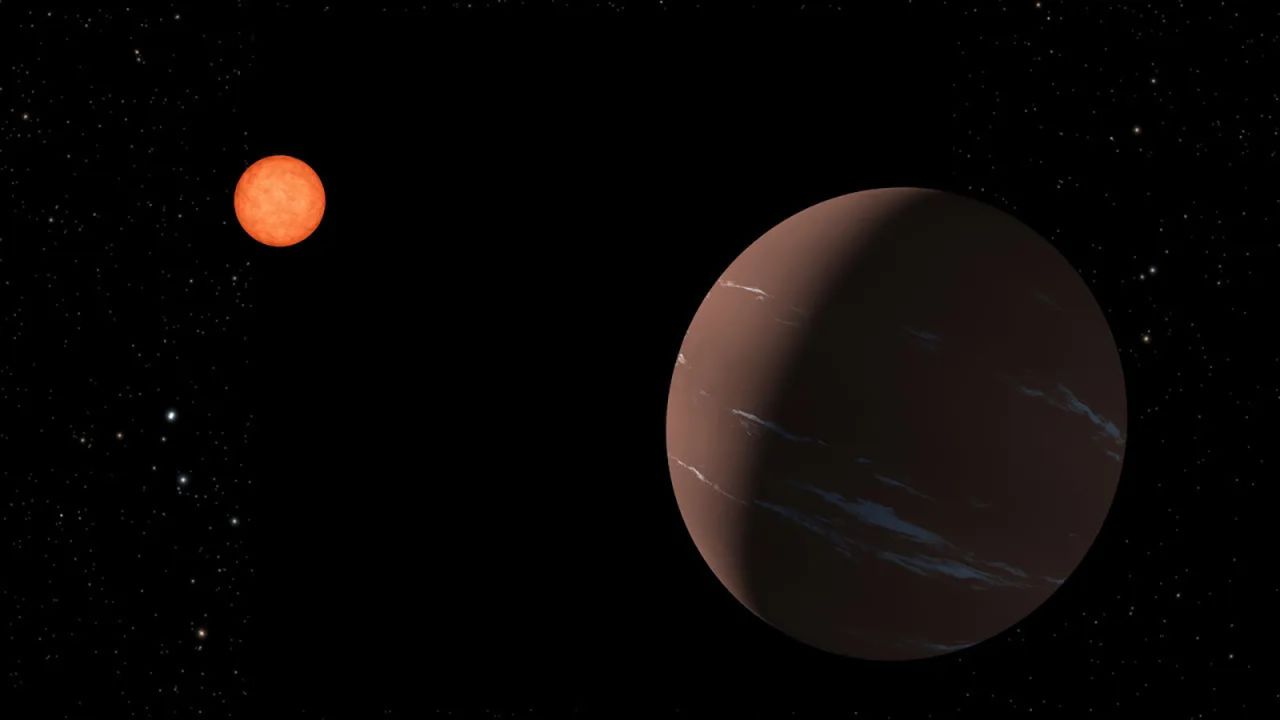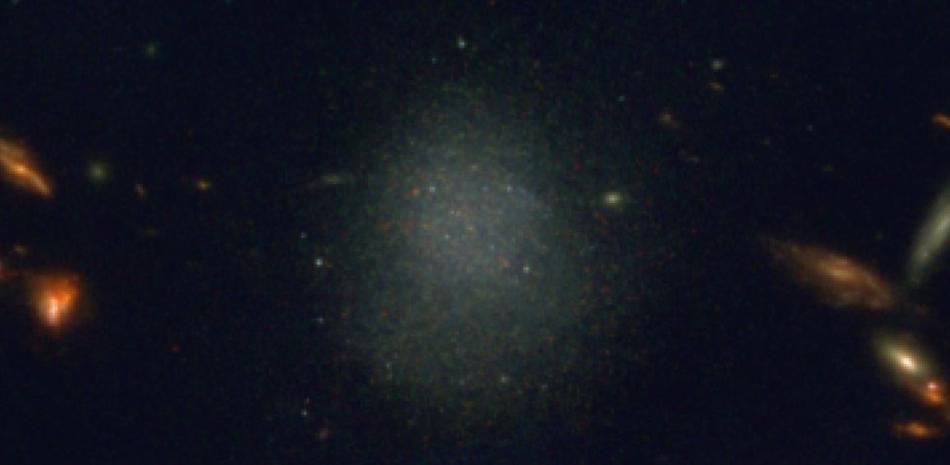(CNN) — Astronomers have discovered a “super-Earth,” a world larger than our own, orbiting a star located about 137 light-years away. A second planet, the size of Earth, could orbit the same star.
The super-Earth exoplanet, called TOI-715b, orbits a red dwarf star that is cooler and smaller than our Sun. Astronomers discovered the planet thanks to NASA's TESS (Transiting Exoplanet Survey Satellite) mission. In January, A study About the invention in the magazine Monthly Notices of the Royal Astronomical Society.
The researchers determined that the planet, which is estimated to be one and a half times the width of our planet, would take more than 19 Earth days to complete an orbit around its star. The planet would be in the habitable zone near its star, that is, far from a star, which provides the perfect temperature for liquid water to exist on a planet's surface.
The habitable zone is usually calculated based on factors such as a star's size, temperature and mass, as well as the reflectivity of a planet's surface. But there can be a large margin of error associated with these factors, calling into question whether a planet actually resides in the habitable zone, says study lead author Dr. Georgina Transfield, a postdoctoral researcher in the university's School of Physics and Astronomy. Birmingham, United Kingdom.
Astronomers believe TOI-715b is in a narrow, highly favorable region known as the conservative habitable zone around the star, which is less likely to be affected by error fringes.
“This discovery is exciting because it is the first super-Earth detected by TESS within the conservative habitable zone,” says Transfield. “Additionally, because of its relatively close proximity, this system is ideal for future atmospheric research.”
TESS, planet hunter
Since its launch in 2018, TESS has helped astronomers find planets around relatively nearby stars, suitable for follow-up observations with ground-based and space-based observatories.
“This allows us to get a clearer picture of the diversity of exoplanetary systems around a wide variety of star types,” Transfield said.
Telescopes can pick up dips in starlight that indicate a planet is passing in front of its star, and dips in starlight are called transits. TOI-715b is close to its star and has a fast orbit, meaning the planet passes in front of or frequently passes its star. As a result, the exoplanet is an ideal candidate for future observations with the James Webb Space Telescope. The Webb Telescope observes the universe in infrared light, invisible to the human eye, and can peer into planetary atmospheres.
As the planet passes the star, starlight filters through it, allowing the web to detect signs of the atmosphere and even determine the planet's atmospheric composition. And knowing whether planets have atmospheres can tell us more about their ability to potentially support life.
“We want to know the mass of the planet more accurately to know if it's a true super-Earth or a member of a new class of ocean worlds,” Transfield explains of moons with global oceans, such as Jupiter's Europa. , or Enceladus, on Saturn. “This will allow us to really shape our follow-up investigations and learn more about the demographics of exoplanets as a whole.”
To confirm the existence of a second Earth-sized planet, researchers need successful observations of the planet's transit at different wavelengths of light, Transfield said.
If an Earth-sized planet is confirmed, it would become the first TESS ever discovered in the habitable zone.
The search for Earth-like planets
Red dwarf stars are very common in our galaxy, and many of them have been found to host small rocky worlds, such as the recently discovered TRAPPIST system with seven planets located 40 light-years away. Planets orbiting near these small, cool stars can get hot enough to become habitable.
But a key question is whether these planets are close enough to be hit by stellar flares and radiation that would erode their atmospheres, evaporate water, and make life less habitable.
TOI-715b's star has shown only two flares in the past two years and is not considered active, making it an old star, Transfield said.
In the future, astronomers hope to be able to search for planets around stars similar to our Sun, which would require the ability to block intense starlight to detect faint Earth-sized planets.
coming up Tasks like PLATO The European Space Agency's PLANetary Transits and Oscillations will carry 26 cameras to study Earth-like planets in habitable zone orbits around Sun-like stars. The work is scheduled to begin in 2026.
“So far, no telescope has been able to do this, but within the next decade it will be possible,” Transfield said of Plato. “This will be one of the most anticipated discoveries because it will begin to show us how common Earth-like planets really are.”




